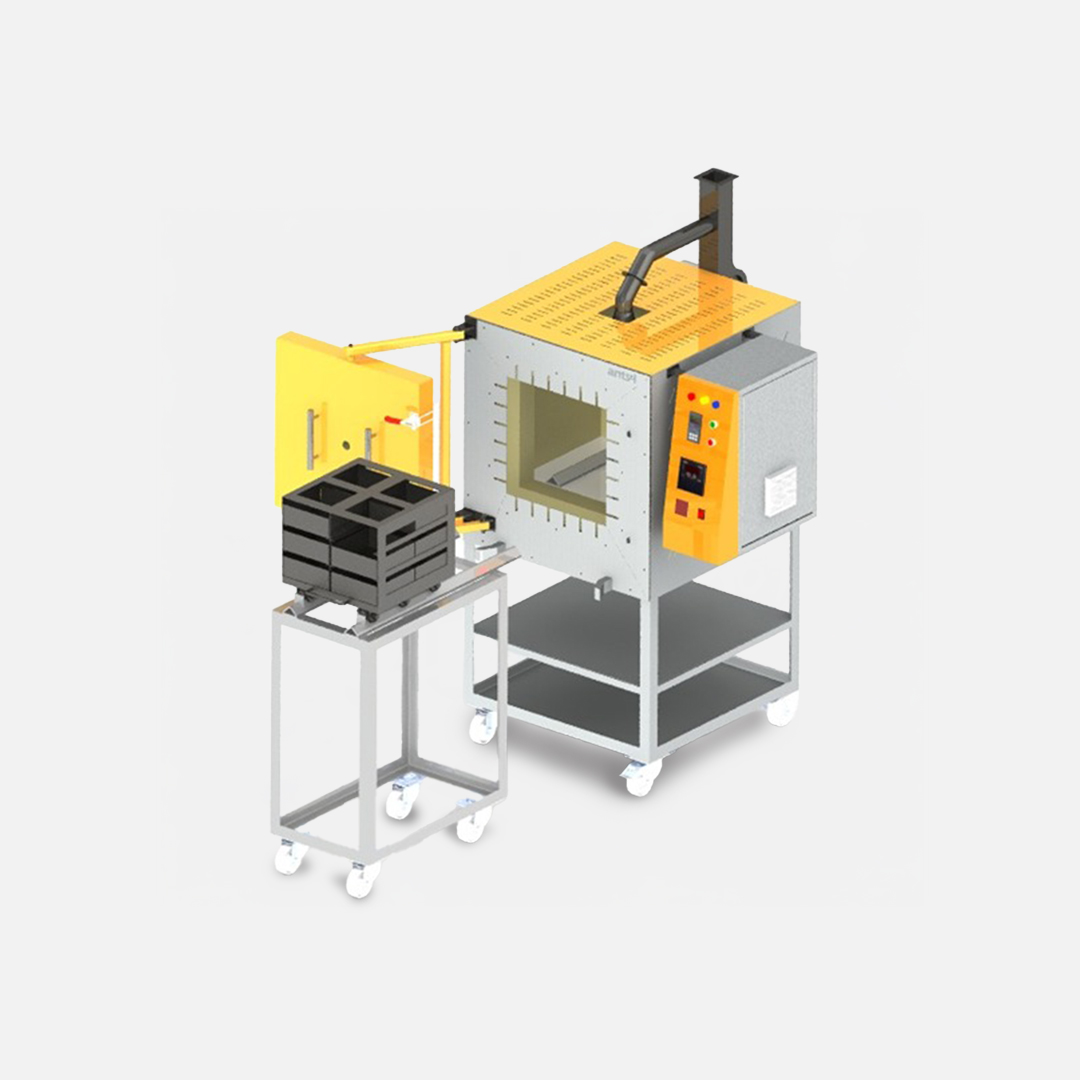Calcination Kiln

Calcination Kiln
A Calcination Kiln is a high-temperature thermal processing unit used for inducing thermal decomposition, phase transitions, oxidation, or sintering in solid materials. Typically operating between 550°C and 1150°C, these kilns are central to metallurgy, cement production, chemical synthesis, material recycling, and environmental remediation applications.
- Decomposition: Removal of volatile substances or chemically bonded water (e.g., converting CaCO₃ to CaO)
- Oxidation: Controlled combustion or oxygen-driven reactions in ores and catalysts
- Sintering: Heat-based consolidation of powders for catalyst and ceramic production
- Roasting: Processing metal ores to convert sulphides to oxides
- Waste Treatment: Thermal neutralization or transformation of hazardous materials
1.Temperature Range: 550°C to 1150°C (customizable for application)
2.Heating Type:
- Direct heating for general-purpose use
- Indirect heating (hidden heaters) for corrosive or toxic fume-generating materials
3.Atmosphere Control: Ambient air, inert gas, or controlled oxidative environments
4.Material Handling: Options for automated loading/unloading, conveyor or batch operation
5.Construction: High-grade insulation, corrosion-resistant internals, and thermally stable refractory lining
6. Gas Exhaust System: Efficient flue design with filtration for harmful gases and particulates
7. Heater Protection: Hidden heater design prolongs life in corrosive and high-particulate environments
- Cement & Lime Manufacturing: Conversion of limestone into quicklime (CaO)
- Catalyst Activation & Sintering
- Ore Roasting in Metallurgy
- Thermal Processing in Chemical Synthesis
- Recycling of Industrial By-products
- Treatment of Toxic/Reactive Waste Materials
- Gas scrubbing or fume filtration units
- Data logging & temperature profiling via PLC/SCADA
- Custom insulation systems for energy efficiency
- Advanced safety interlocks and alarms
